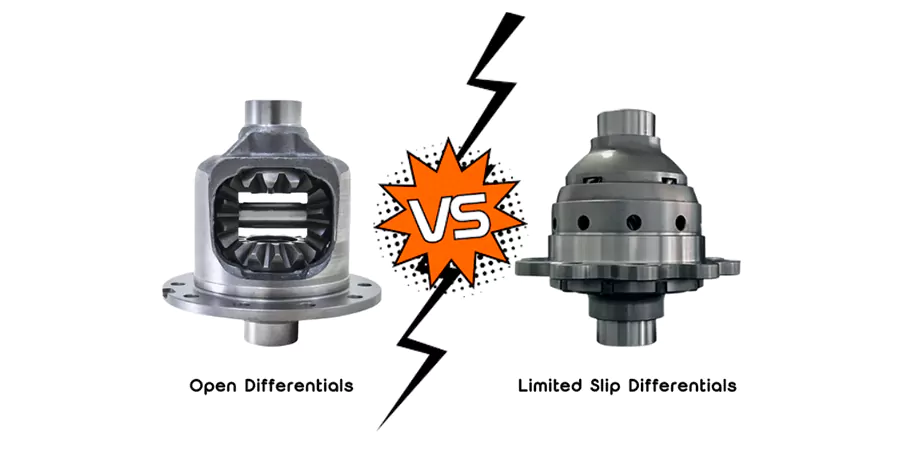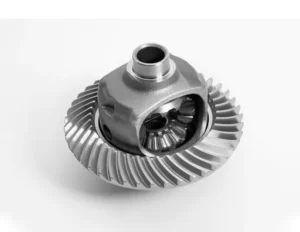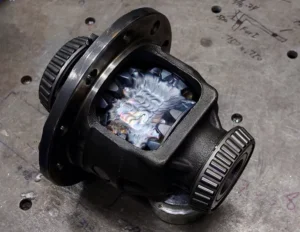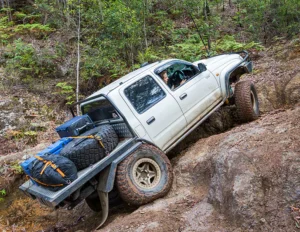
In the realm of automotive engineering, the differential is a critical component responsible for managing power distribution to a vehicle’s wheels. Two primary types of differentials, open differentials and limited-slip differentials (LSDs), each offer distinct characteristics and functionality that profoundly impact a vehicle’s performance and handling.
Open Differentials
Open differentials represent the conventional and widely used differential type in most vehicles. Their fundamental purpose is to allow wheels on the same axle to rotate at varying speeds, essential for smooth turns and maneuverability. When a vehicle negotiates a corner, the wheel on the outside of the turn must travel a greater distance than the inside wheel. The open differential accommodates this speed variation, ensuring the vehicle can smoothly navigate turns.
However, an inherent limitation of open differentials is their tendency to direct power to the wheel with the least resistance. This can result in situations where if one wheel loses traction, such as on slippery or uneven surfaces, the open differential will transfer power to that wheel, potentially leading to traction loss and difficulty moving forward.
Limited-Slip Differentials (LSD)
In response to the traction limitations of open differentials, limited-slip differentials were developed to enhance traction and stability, particularly in challenging driving conditions. LSDs function on the same principle as open differentials but incorporate a mechanism to restrict the speed differential between the wheels. This ensures that both wheels receive power even if one wheel loses traction.
There are several LSD variants, including clutch-type, gear-type, and viscous LSDs, each with its unique method of limiting wheel speed differences. The result is improved traction and stability, particularly in demanding driving scenarios.
Key Benefits of Limited-slip Differentials
Limited-slip differentials offer several advantages over open differentials, primarily in terms of traction improvement. This translates to enhanced performance and stability, especially in adverse driving conditions like rain, snow, or off-road terrain. LSDs can also enhance cornering performance by distributing power more evenly between the wheels, reducing instances of understeer and oversteer.
Conclusion
In summary, both open differentials and limited-slip differentials play crucial roles in a vehicle’s drivetrain, with each offering distinct advantages. Open differentials provide smooth turning and maneuverability but may be limited in traction, especially in challenging conditions.
Limited-slip differentials, on the other hand, are designed to enhance traction and stability by limiting speed differences between the wheels. This makes them ideal for performance vehicles or those frequently encountering challenging driving conditions.
Ultimately, the choice between an open differential and a limited-slip differential depends on the vehicle’s intended use and the driving conditions it will face. Both differential types have their applications in the automotive world, and understanding their differences can help in selecting the right differential for specific needs.



